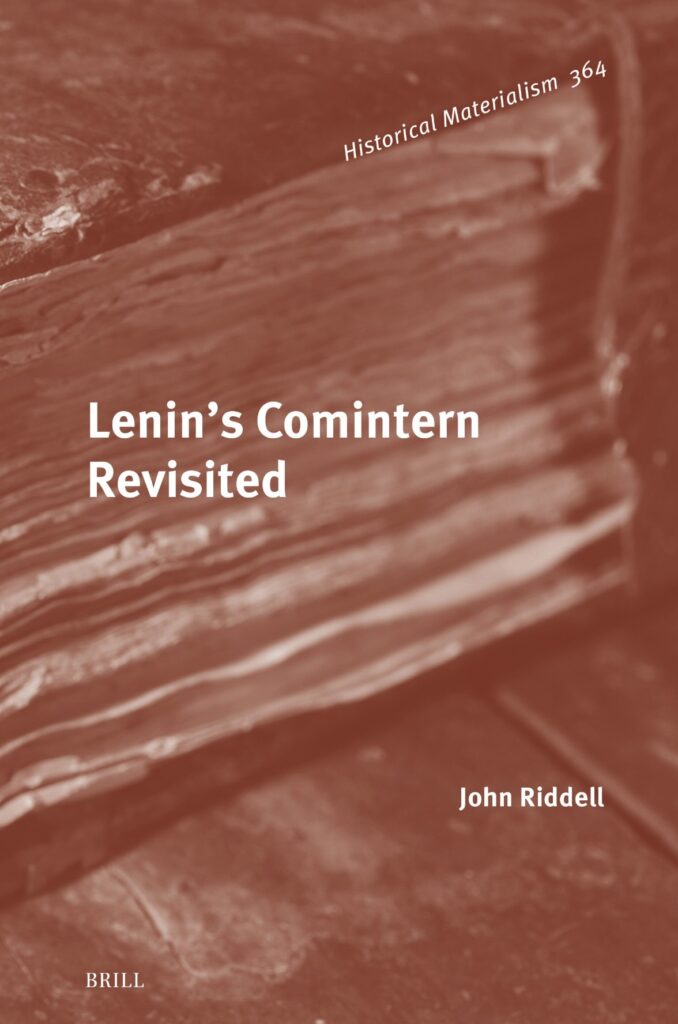John Riddell
Biographical Note
John Riddell is the founder and longtime general editor of the Comintern Publishing Project, which since 1983 has revolutionised the study of the Communist International, making its ideas and experiences available to new generations of activists and scholars alike.
Readership
The book is especially relevant to academic libraries, institutes, and historians, including (post)graduate students specializing in the history of communism, socialism, and youth movements during the interwar period.
Table of Contents
Foreword
The Comintern Publishing Project
1 Introduction: The Comintern Publishing Project
2 The Second International: Birth and Death
3 Toward a New International
4 Founding the New International (1919)
5 Achieving a Mass International (1919–1920)
Addendum: Theses on the Conditions of Admission to the Communist International
6 National Freedom and the Baku Congress (1920)
7 Advances and Setbacks (1920–1921)
8 Impatience for Bolder Initiatives: The March Action (1921)
9 ‘To the Masses’: The Third World Congress (1921)
10 Toward the United Front
11 Adoption of the United-Front Policy (1921–1922)
12 Party Organisation: Shaping a Policy
13 Implementing International Centralism (1922–1923)
14 The Communist Women’s Movement
15 Comintern Outreach: The Auxiliary Organisations
16 Fascism: The Search for a Response
17 For Global Black Liberation
18 The Comintern in 1922: The Periphery Pushes Back
19 The Soviet Republic and World Communism
20 The Workers’ Government – Evolution of a Concept
21 The Comintern as a School of Strategy
22 The Comintern and Asia 1919–1925: Fruits and Perils of the ‘Bloc from Within’
23 The Democratic Character of Socialist Revolution
24 Fateful Choices (1922–1923)
25 The ‘German October’ of 1923: A Failed Bid for Workers’ Power
26 The Emergence of Stalinism
27 Legacy of an International
References
Index

